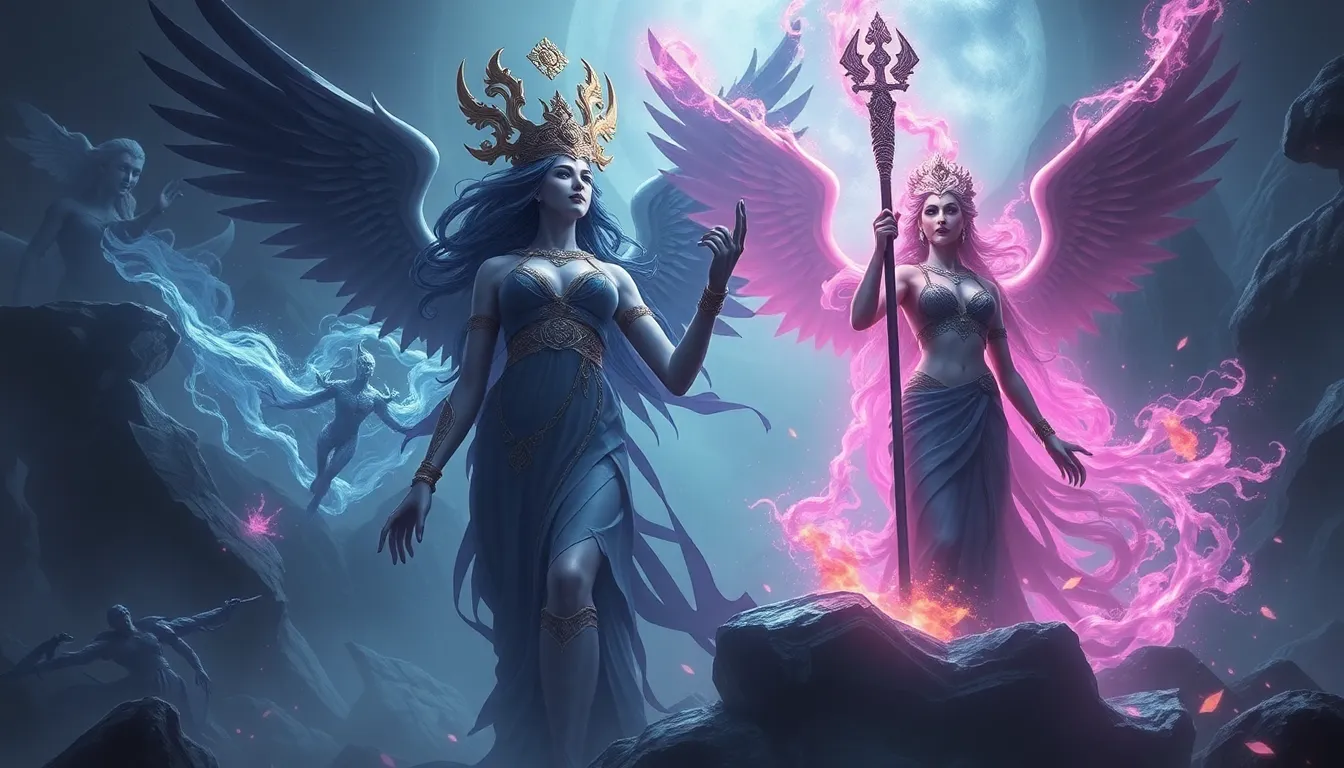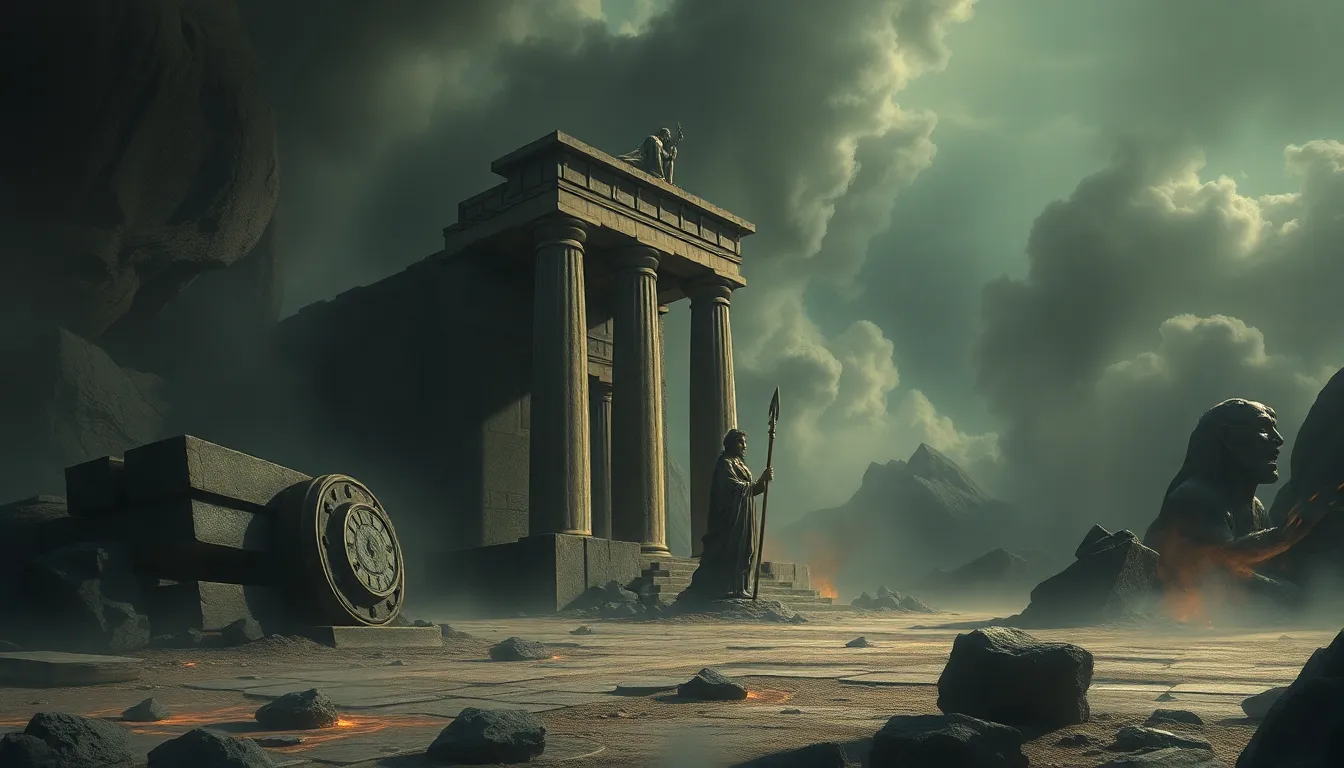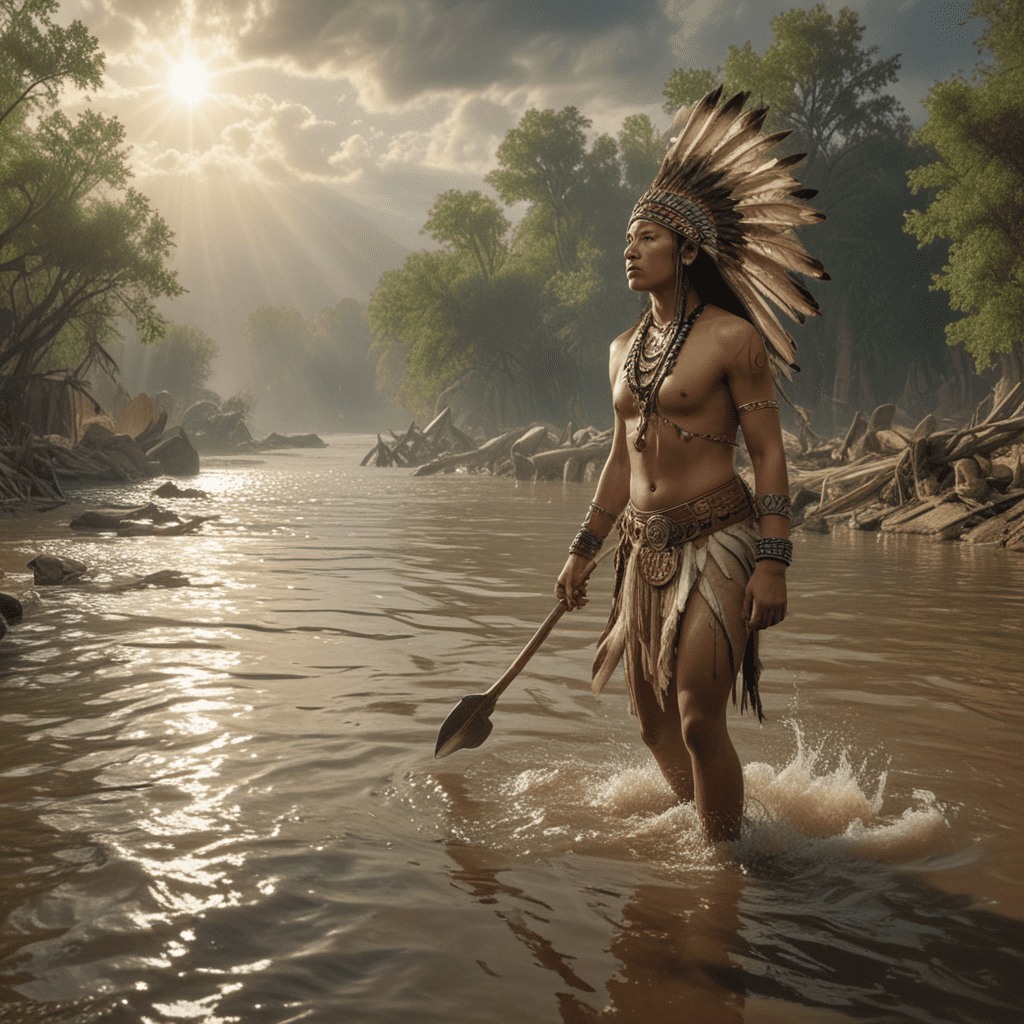The Most Powerful Female Ancient Deities and Their Legacies
I. Introduction
Ancient deities are supernatural beings that were worshipped in various cultures throughout history. Their significance lies in the way they embodied the values, beliefs, and fears of the societies that revered them. Among these deities, female figures often played pivotal roles, representing a wide range of attributes from fertility and motherhood to wisdom and war. This article aims to explore powerful female deities from different cultures and examine their enduring legacies in both ancient and modern contexts.
II. The Historical Context of Female Deities
Throughout history, many societies were matriarchal or featured significant female figures in their pantheons. These societies often revered goddesses as central figures in their religious practices and mythologies.
A. Overview of matriarchal societies and their influence on mythology
In matriarchal societies, women often held power in familial and social structures, leading to the veneration of female deities who were viewed as nurturers and creators. These societies celebrated feminine qualities and recognized women as integral to the continuity of life.
B. The shift from female to male-dominated pantheons
As many civilizations transitioned to patriarchal structures, the prominence of female deities began to wane. Male gods often overshadowed their female counterparts, altering the narratives and myths surrounding them. This shift reflected broader societal changes that prioritized masculine attributes.
C. The resurgence of interest in female deities in modern culture
In recent years, there has been a resurgence of interest in ancient female deities, driven by modern feminist movements and a renewed appreciation for spirituality. This revival has led to a re-examination of the roles that these powerful figures played in their respective cultures.
III. Major Ancient Female Deities
A. Isis: The Egyptian Goddess of Magic and Motherhood
Isis is one of the most important deities in ancient Egyptian mythology, revered as the goddess of magic, motherhood, and fertility. She is often depicted as a woman with a throne-shaped crown.
1. Myths and stories surrounding Isis
Isis is known for her role in the myth of Osiris, her husband and brother, who was murdered by Set. She used her magical abilities to resurrect him, highlighting her power as a protector and healer.
2. Her role in ancient Egyptian religion
As the mother of Horus, Isis was central to the concept of kingship and was worshipped widely across Egypt. Temples dedicated to her were built, and her influence permeated many aspects of Egyptian society.
B. Athena: The Greek Goddess of Wisdom and Warfare
Athena is a prominent figure in Greek mythology, symbolizing wisdom, courage, and justice. She is often depicted wearing armor and carrying a shield.
1. Birth and attributes of Athena
Athena was born fully grown from the forehead of Zeus, embodying intellect and strategic warfare. She was not only a goddess of war but also of crafts and wisdom, representing a balanced perspective on female power.
2. Athena’s influence on Greek society and culture
Athena was revered in many city-states, particularly Athens, which was named in her honor. Her legacy continues to influence contemporary ideas about feminism and leadership.
C. Durga: The Hindu Goddess of War and Protection
Durga is a powerful goddess in Hindu mythology, representing strength, protection, and the victory of good over evil. She is commonly depicted riding a tiger or lion, wielding various weapons in her multiple arms.
1. The symbolism of Durga in Hinduism
Durga symbolizes the fierce and protective aspects of femininity. She is seen as a warrior who combats malevolent forces, embodying the triumph of righteousness.
2. The festivals and rituals dedicated to Durga
The festival of Durga Puja is celebrated with great fervor, especially in India. It honors her victory over the buffalo demon Mahishasura, showcasing her role as a protector of the cosmos.
IV. Lesser-Known Yet Influential Female Deities
A. Freyja: The Norse Goddess of Love, Fertility, and War
Freyja is a multifaceted goddess in Norse mythology, associated with love, beauty, fertility, war, and death. She is known for her strength and independence.
1. Freyja’s significance in Norse mythology
Freyja was revered not only for her beauty but also for her power as a leader of the Valkyries, who chose those who would die and those who would live in battles.
2. Her impact on Viking culture and beliefs
Freyja influenced various aspects of Viking culture, from their views on love and war to the spiritual practices surrounding death and the afterlife.
B. Amaterasu: The Japanese Sun Goddess
Amaterasu is one of the principal deities in Shinto, revered as the goddess of the sun and the universe. Her myths are central to Japanese culture and history.
1. The creation myth of Amaterasu
According to mythology, Amaterasu emerged from the heavens and illuminated the world. Her story highlights themes of light overcoming darkness and the importance of harmony.
2. Amaterasu’s role in Shinto and Japanese culture
Amaterasu is not only a symbol of the sun but also represents the imperial family of Japan, asserting her importance in both religion and state affairs.
V. The Archetypal Roles of Female Deities
A. The Mother Goddess: Nurturer and Creator
The Mother Goddess archetype is found in many cultures, representing nurturing, fertility, and the earth. Examples include Gaia in Greek mythology and Demeter, the goddess of the harvest.
B. The Warrior Goddess: Protector and Avenger
Warrior goddesses like Durga and Athena embody strength, courage, and protection, often fighting against chaos and evil.
C. The Wise Woman: Guide and Oracle
The Wise Woman archetype includes deities like Athena and Hecate, representing wisdom, guidance, and the mysteries of life.
VI. The Legacy of Female Deities in Contemporary Culture
A. Influence on modern spirituality and feminist movements
Female deities have become symbols of empowerment in contemporary spirituality and feminist movements, inspiring women to reclaim their strength and identity.
B. Representation in literature, art, and popular media
From novels to films, female deities are frequently represented in various forms of art, showcasing their timeless relevance and impact on culture.
C. Modern goddess worship and neo-pagan practices
Many people today engage in goddess worship and neo-pagan practices that draw from ancient traditions, emphasizing the importance of feminine divine energy.
VII. Comparative Analysis of Female Deities Across Cultures
A. Similarities in attributes and roles
Across cultures, female deities often share common attributes such as wisdom, nurturing, and strength, showcasing universal themes in human experience.
B. Variations in worship and cultural significance
While the roles of female deities may be similar, the ways in which they are worshipped and their cultural significance can vary greatly, reflecting the unique values of different societies.
C. The universal themes of femininity and power
The representation of femininity and power in female deities highlights the complexity of women’s roles throughout history, offering insight into societal values and beliefs.
VIII. Challenges and Misinterpretations of Female Deities
Despite


